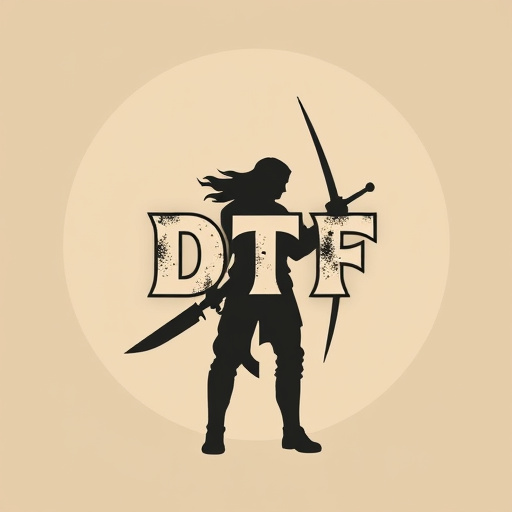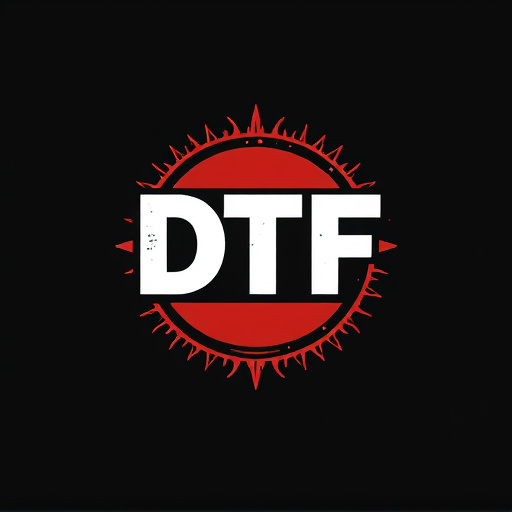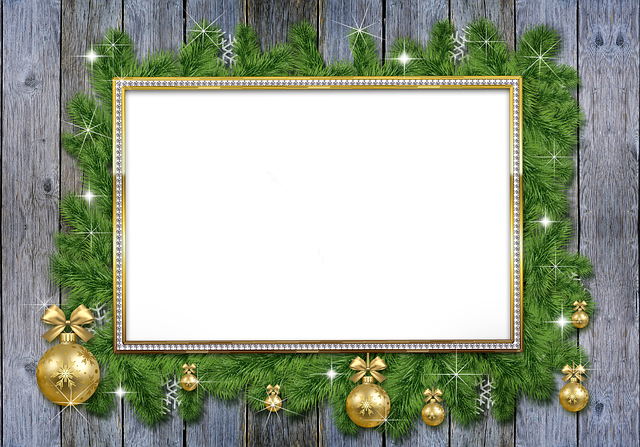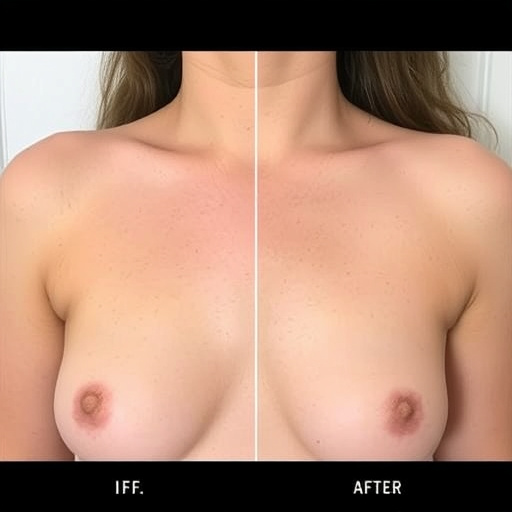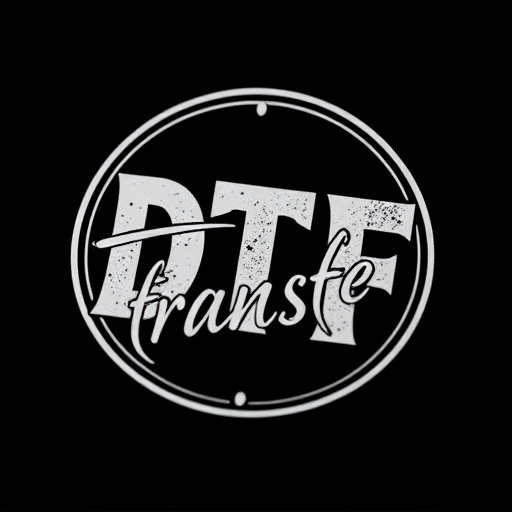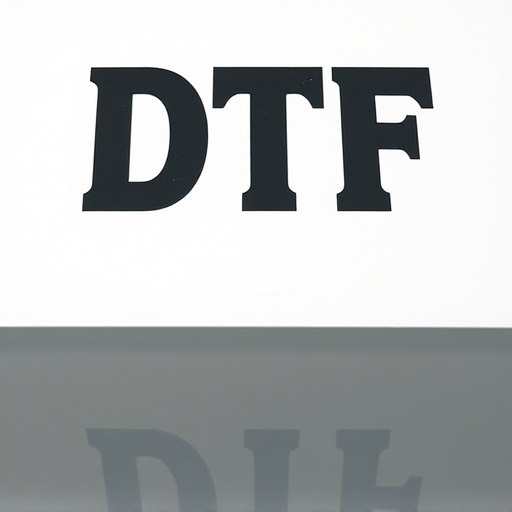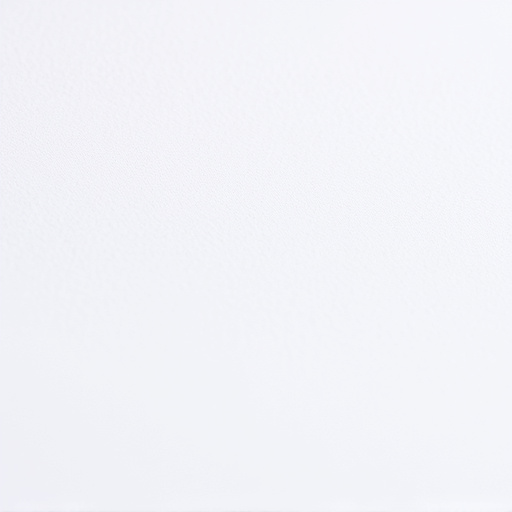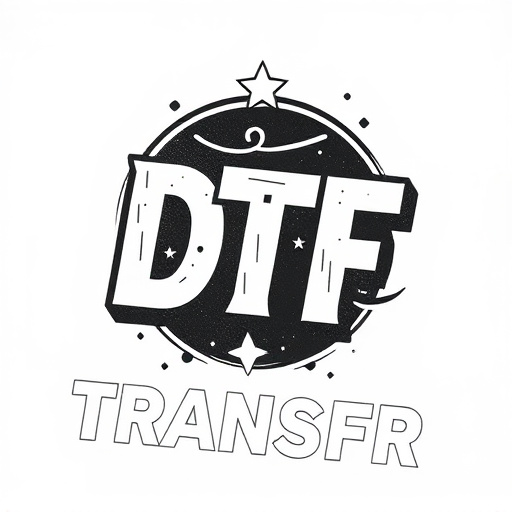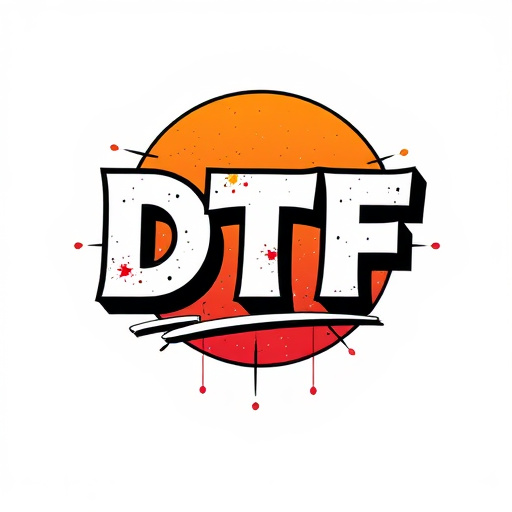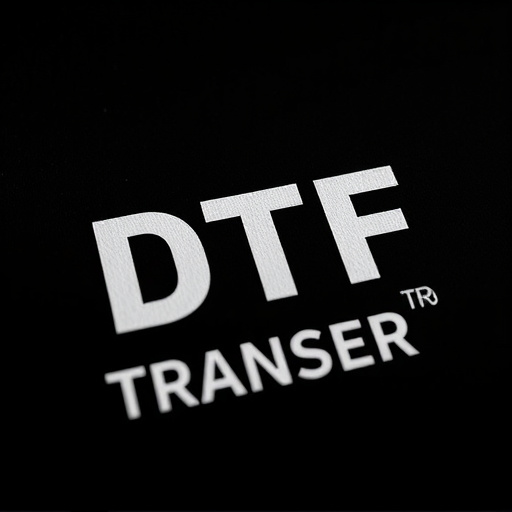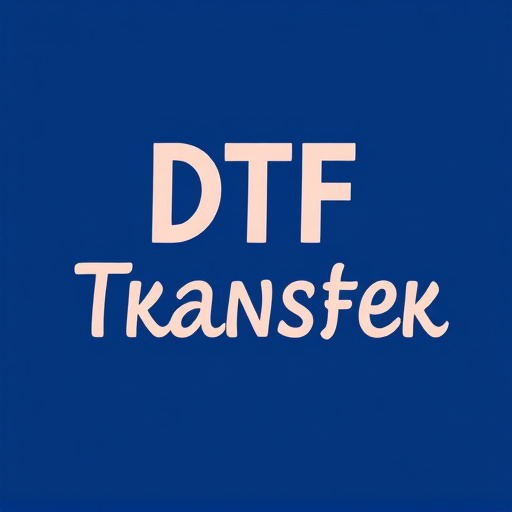DTF (Direct-to-Film) technology is revolutionizing printing with its cutting-edge inkjet printing capabilities, offering unparalleled precision, speed, and flexibility for creating intricate designs on fabric, paper, and more. In graphic design, it empowers artists to reproduce fine lines and details flawlessly, enhancing aesthetic quality. High-resolution DTF prints are renowned for their sharp edges and accurate color capture. Choosing the right transfer paper with superior resolution and adhesive properties ensures optimal results. Additionally, embracing a "Decisive, Timely, and Flexible" (DTF) mindset is a game-changer for navigating complex landscapes, fostering responsiveness, and seizing opportunities promptly in today's digital era.
In the realm of graphic design, achieving precise line accuracy is paramount for creating visually stunning artwork. This is where Digital Transfer Film (DTF) transfers shine, offering a game-changer for artists and designers. This article delves into the world of DTF, exploring its capabilities in reproducing thin lines and intricate details with remarkable authenticity. From understanding the technology to choosing the right materials and step-by-step guides, we provide a comprehensive overview for achieving precision in your designs.
- Understanding DTF Transfers: A Comprehensive Overview
- The Importance of Line Accuracy in Graphic Design
- Key Features of High-Quality DTF Transfers
- Choosing the Right Materials for Optimal Results
- Step-by-Step Guide to Achieving Precise Thin Lines
- Real-World Applications and Case Studies
Understanding DTF Transfers: A Comprehensive Overview
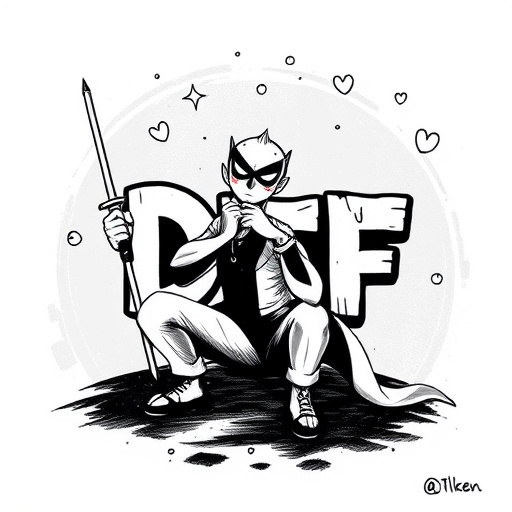
DTF (Direct-to-Film) transfers are a cutting-edge technology revolutionizing the printing industry, especially in the realm of reproducing intricate designs and fine details. This process involves transferring an image directly from digital media to a substrate, such as fabric or paper, using specialized equipment. What sets DTF apart is its ability to accurately render thin lines and delicate details, making it a game-changer for various applications, from fashion and textiles to art printing.
By eliminating the need for traditional screen printing or lithographic processes, DTF offers unparalleled precision and flexibility. The technology employs advanced inkjet printing methods, allowing for incredibly detailed and vibrant images with sharp edges. This makes DTF transfers an excellent choice for creating custom designs, ensuring that every intricate line and subtle shade is accurately reproduced. Moreover, the direct-to-film approach streamlines production, enabling faster turnaround times and more cost-effective solutions for businesses and artists alike.
The Importance of Line Accuracy in Graphic Design

In graphic design, line accuracy is paramount, especially when creating intricate visuals that require precise detail. Digital Transfer (DTF) technology has revolutionised this aspect by enabling designers to achieve an unparalleled level of precision in their work. Every fine line, no matter how thin, can be reproduced flawlessly, ensuring the visual integrity of the design. This accuracy is crucial for conveying complex ideas or artistic visions, especially in fields like illustration and logo design where minute details contribute significantly to the overall impact.
DTF’s ability to render lines with such precision opens up a world of creative possibilities. Designers can now focus more on conceptualisation and less on technical limitations. Whether it’s a delicate pattern or a sharp edge, achieving line accuracy ensures that the final output matches the designer’s vision exactly, elevating the overall aesthetic and enhancing the user experience, be it in print media or digital interfaces.
Key Features of High-Quality DTF Transfers

High-quality Digital Transfer (DTF) prints stand out for their remarkable ability to faithfully reproduce intricate lines and delicate details, making them a favorite among artists and designers. Key features defining these transfers include superior resolution, precise color accuracy, and fine detail retention. The process involves advanced digital imaging techniques that capture even the smallest elements of an original artwork, ensuring a crisp and accurate reproduction on various media.
One of the critical aspects is the use of high-resolution printing technology, which allows for incredibly detailed output. This precision ensures that thin lines remain sharp and distinct, without any blurring or loss of clarity, making DTF transfers ideal for creating intricate patterns, illustrations, and fine art prints that demand meticulous attention to detail.
Choosing the Right Materials for Optimal Results

When it comes to achieving precise and detailed transfers, selecting the appropriate materials is paramount. In the realm of DTF (Direct to Film) printing, the choice of media plays a crucial role in determining the final outcome. High-quality transfer paper designed for fine line reproduction should be at the top of your list. Look for papers with superior resolution and precision to capture even the tiniest details.
The surface of the film is another critical factor. Smooth and non-porous surfaces ensure that thin lines are not distorted or smudged during the transfer process. Additionally, consider the adhesive properties of the paper to guarantee a secure and accurate application on various substrates without any wrinkles or bubbles. Choosing the right materials will significantly enhance the overall quality and longevity of your printed designs, ensuring they meet the demands of intricate detail work.
Step-by-Step Guide to Achieving Precise Thin Lines

Real-World Applications and Case Studies
